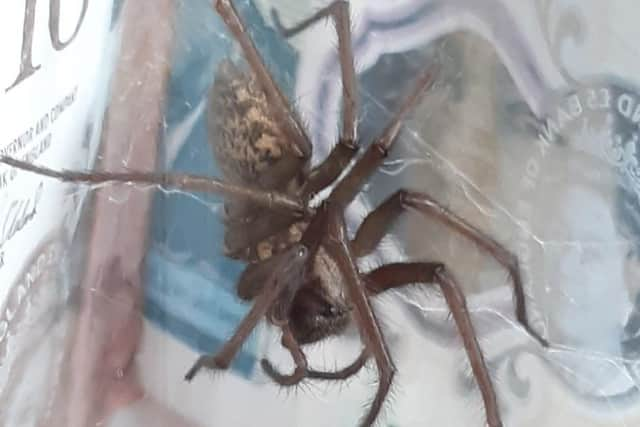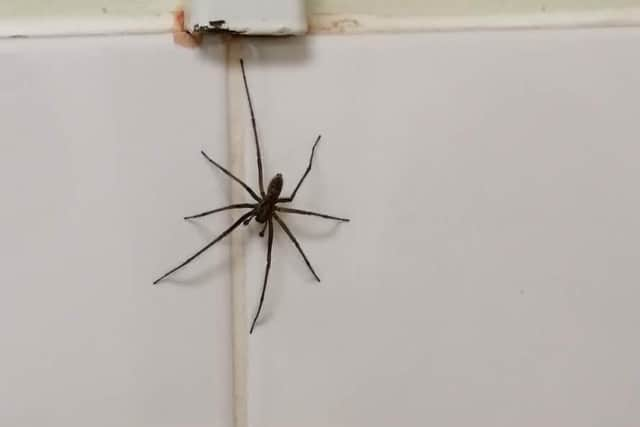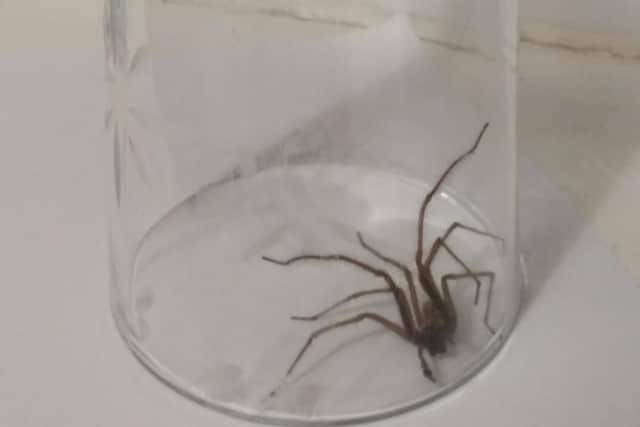Pictures of huge spiders spotted in Sheffield homes cause alarm
and live on Freeview channel 276
Readers have been sharing these hair-raising snaps of the biggest eight-legged beasts spotted inside city houses.
People afraid of spiders always dread the autumn when spider-season begins in earnest.


Advertisement
Hide AdAdvertisement
Hide AdCertain species of spiders remain in their webs in sheds, garages and wood piles during the summer - until they go on the hunt for a mate in autumn.
That means they'll be moving into your house in the hope of getting some action.
Here is a spider's typical life, according to the British Arachnological Association.
The powder-blue young emerge from their egg sacs, together with 70 or so siblings, in late spring.


Advertisement
Hide AdAdvertisement
Hide AdAfter a few weeks they disperse, build their own miniature webs and start to feed.
The young of the year moult two or three times before overwintering as halfgrown juveniles.
Growth resumes the following spring and the spiders reach maturity later that year - males in August or September and females a couple of weeks later.
The newly-mature males leave their webs and search for the more sedentary females.


Advertisement
Hide AdAdvertisement
Hide AdThis is the time of year when large house spiders are often seen running across carpets or become trapped in baths and sinks.
When a male finds a female that is soon to moult to maturity he moves into her retreat and stays close by, guarding her until she is adult.
Repeated bouts of mating then occur with the male often lingering for the next few weeks to prevent the female mating with other partners.
When cold weather comes the male dies – he’s then about 18 months old.
Advertisement
Hide AdAdvertisement
Hide AdThe female overwinters within her retreat and in spring, when temperatures and food supplies increase, she begins to build a series of egg sacs.
These are hung close to the web and are about the size of a ring-finger nail.
They are made of white silk and often decorated externally with the remains of past meals such as fly carcasses.
The mother plays no further role in the lives of her offspring and usually dies before the next winter, when she’s about 30 months old.
